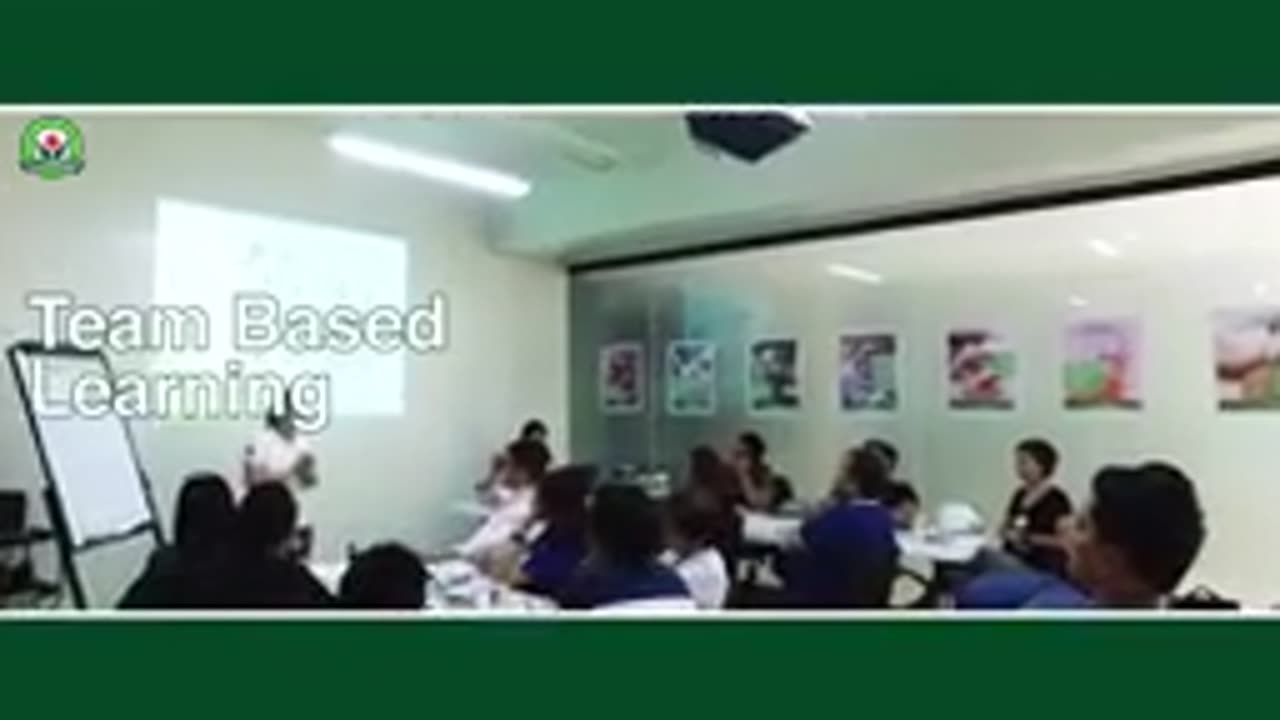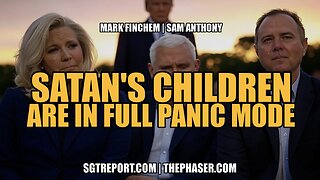Premium Only Content

FoodSHAP® Basic Food Safety Training Preview
### **FoodSHAP® Basic Food Safety Training Preview**
**FoodSHAP®** (Food Safety Hygiene and Awareness Program) is a comprehensive food safety training program aimed at equipping food handlers with the essential knowledge and skills required to maintain a hygienic environment and prevent foodborne illnesses. Here’s a preview of the basic food safety training:
---
### **1. Introduction to Food Safety**
- **Importance of Food Safety**: Understanding the significance of food safety in preventing foodborne illnesses and maintaining public health.
- **Overview of Foodborne Illnesses**: What foodborne illnesses are, common symptoms, and how they are transmitted.
- **The Role of Food Handlers**: The responsibility of food handlers in ensuring that food remains safe from contamination throughout the preparation, storage, and serving processes.
---
### **2. The Four Golden Rules of Food Safety**
1. **Keep Food Clean**: Emphasizing the need for personal hygiene, proper handwashing techniques, and cleaning of utensils, surfaces, and equipment.
2. **Separate Raw and Cooked Foods**: Preventing cross-contamination by using designated areas, utensils, and storage for raw and cooked foods.
3. **Cook Food Thoroughly**: Ensuring food is cooked to the correct temperatures to kill harmful microorganisms.
4. **Store Food Safely**: Storing food at the correct temperatures and for the right time periods to avoid contamination and spoilage.
---
### **3. Personal Hygiene and Its Role in Food Safety**
- **Handwashing Techniques**: Step-by-step instructions for proper handwashing to remove bacteria, viruses, and dirt.
- **Health Checks**: Why food handlers should report illness, injuries, and infections and refrain from working when sick.
- **Appropriate Clothing and PPE**: Wearing clean uniforms, aprons, gloves, hairnets, and face masks to prevent contamination.
---
### **4. Common Causes of Food Contamination**
- **Physical Contamination**: Foreign objects such as hair, glass, or plastic that might contaminate food.
- **Chemical Contamination**: Exposure to harmful chemicals like cleaning agents or pesticides.
- **Biological Contamination**: Bacteria, viruses, parasites, and fungi that cause foodborne illnesses.
---
### **5. Understanding Cross-Contamination**
- **What is Cross-Contamination?**: How harmful microorganisms transfer from one food item or surface to another.
- **Preventing Cross-Contamination**: Using separate equipment for raw and ready-to-eat foods, properly storing food, and cleaning surfaces and utensils regularly.
---
### **6. Food Safety Hazards and Control Measures**
- **Hazard Analysis and Critical Control Points (HACCP)**: A systematic approach to identifying and controlling food safety hazards at every stage of food handling.
- **Control Measures**: Temperature control, proper food storage, cleaning protocols, and safe food handling practices.
---
### **7. Food Storage and Temperature Control**
- **Safe Food Temperatures**: Importance of storing food at the correct temperatures, both in refrigerators (below 5°C) and freezers (below -18°C).
- **Hot Holding and Reheating**: Keeping hot food at the correct temperature (above 60°C) to prevent bacterial growth.
- **Thawing and Defrosting**: How to safely thaw frozen foods to avoid temperature abuse and bacterial growth.
---
### **8. Cleaning and Sanitizing**
- **Difference Between Cleaning and Sanitizing**: Understanding the importance of both processes to remove food debris and reduce pathogens.
- **Cleaning Procedures**: Guidelines for washing, rinsing, and sanitizing equipment and surfaces.
- **Choosing Proper Cleaning Agents**: How to select and use the right cleaning products for food areas.
---
### **9. Food Safety Regulations and Compliance**
- **Singapore Food Agency (SFA)**: Understanding the regulatory framework and guidelines for food safety in Singapore.
- **Food Hygiene Certification**: The importance of completing basic food hygiene training and renewing certifications to stay compliant with food safety laws.
---
### **10. Summary and Best Practices**
- **Food Safety Checklist**: A quick reference guide to ensure food safety practices are being followed.
- **Ongoing Education**: Continuous learning and adherence to best practices for food safety.
- **Promoting a Food Safety Culture**: Encouraging a culture of safety and hygiene within the food establishment.
---
### **Interactive Learning**
- **Quizzes and Case Studies**: To test understanding of key concepts.
- **Practical Demonstrations**: Hands-on training in handwashing, cleaning techniques, and using thermometers to measure food temperatures.
---
### **Conclusion and Certification**
- After completing the FoodSHAP® Basic Food Safety Training, food handlers will be equipped with the knowledge and skills to uphold food safety standards in their workplaces.
- A certificate will be issued to participants who successfully complete the training, which may be required for obtaining or renewing food hygiene certifications.
---
This training ensures that food handlers in Singapore or similar food safety environments understand their role in preventing foodborne illnesses and creating a safe food environment. Would you like to enroll or need more information on specific modules within this training program?
-
 6:43
6:43
HSESafetyInformation
4 days agoLahori Chanay Recipe - Lahori Cholay Recipe - Chana Chana Masala
25 -
 LIVE
LIVE
Edge of Wonder
5 hours agoChinese Biochips Hacking Minds? Quantum Control & Journey Song Mandela Effect
326 watching -
 LIVE
LIVE
Quite Frankly
8 hours ago"Ghosts, Robotics, and OBE's" ft. Dr. Albert Taylor 2/21/25
1,013 watching -

LFA TV
1 day agoMaking Germany Great Again | TRUMPET DAILY 2.21.25 7PM
9.01K1 -
 LIVE
LIVE
2 MIKES LIVE
3 hours ago2 MIKES LIVE #183 Open Mike Friday with Hannah Faulkner and Adelia Kirchner!
213 watching -
 12:09
12:09
MrBigKid
3 hours ago $0.66 earnedNew Mossberg 590R: Tactical Homestead Defender
13.4K4 -
 25:43
25:43
Degenerate Jay
9 hours ago $0.42 earnedThe Future Of Grand Theft Auto Online Looks Grim
16.3K1 -
 1:04:05
1:04:05
In The Litter Box w/ Jewels & Catturd
1 day agoYOU'RE FIRED! | In the Litter Box w/ Jewels & Catturd – Ep. 747 – 2/21/2025
95.9K36 -
 56:28
56:28
SGT Report
20 hours agoSATAN'S CHILDREN ARE IN FULL PANIC MODE - Senator Mark Finchem & Sam Anthony
34.5K107 -
 1:24:56
1:24:56
Revenge of the Cis
4 hours agoLocals Movie Riff: Soul Plane
49.6K2